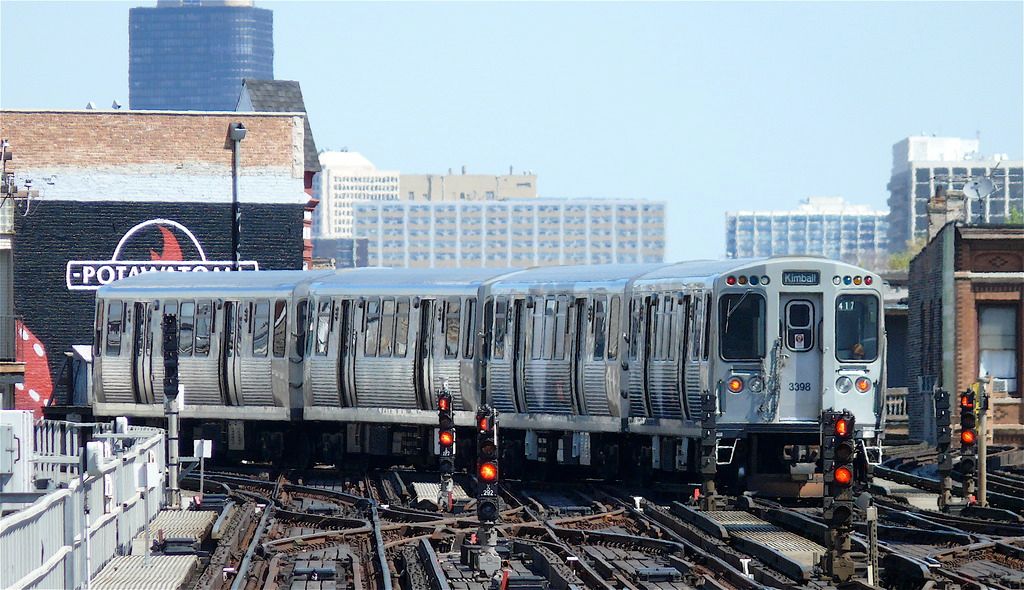Quote:
Originally Posted by chicagopcclcar1


"The question: Is it worth having the Chicago Transit Authority spend that much to build a flyover bridge to separate the Red and Brown line tracks at the so-called Clark Junction, just south of Wrigley Field......"
In the discussion of flat junctions in use by the CTA Rail, only one flying junction is in service, the so-called "Grand Junction", 17th St. interlocking, used by the Green and Orange lines. The other day-to-day operations today are handled by flat junctions: at 59th St. on the south side; Paulina Jct. on the west side; Clark Tower and Howard on the north side; and two flat ones on the Loop "L"....Tower 18 and Tower 12. Two other flying junctions are only used for transfer, work trains, another non-revunue moves.
Referencing the photo, I think the lay-person doesn't take it into mind that more has to go on before a move can be made at Clark Tower. Some people say it's only 20, or 30 seconds for a train to travel the distance through Clark Tower. What they fail to account in their timing that it takes time to clear the first routing before setting up the next route. The Brown line train in the picture has to complete its move and clear, then the next move can be lined up. In the meantime, trains approaching have to limit their speeds, adding to their time. Often its THESE MINUTES that gets overlooked when the lay-person says it only took 20-30 second.
DH |
I am not a lay-person David, I drove C&NW trains for 3 years in the 70's until I was laid-off due to declining freight business; there are Interlockings all over any Class I Railroad just like the "L", and they take time to align/realign routes also, in the same way. And it also takes time to realign the ladder switches, and set the car retarders below an assembling yard hump before you release the next car, or group of cars down the hill -- so you see I do understand! CTA doesn't have any car retarders in their tracks, do they?
There is no point in discussing this with you, because we are both concrete solidified in our respective opinions; and will not change!
If the Title VI Complaint is successfully resolved, A new State "Transit Project Review Board" (in a PUBLIC Format -- with PUBLIC input) will Study, Rank, and Designate which Transit Agency submitted Major Capital Projects provide the MOST Benefits, for the LEAST Cost.
Is something wrong with that in your eyes? Seems to me to be the fairest thing I could possibly imagine (the Gray Line might flunk the test too, you know)



